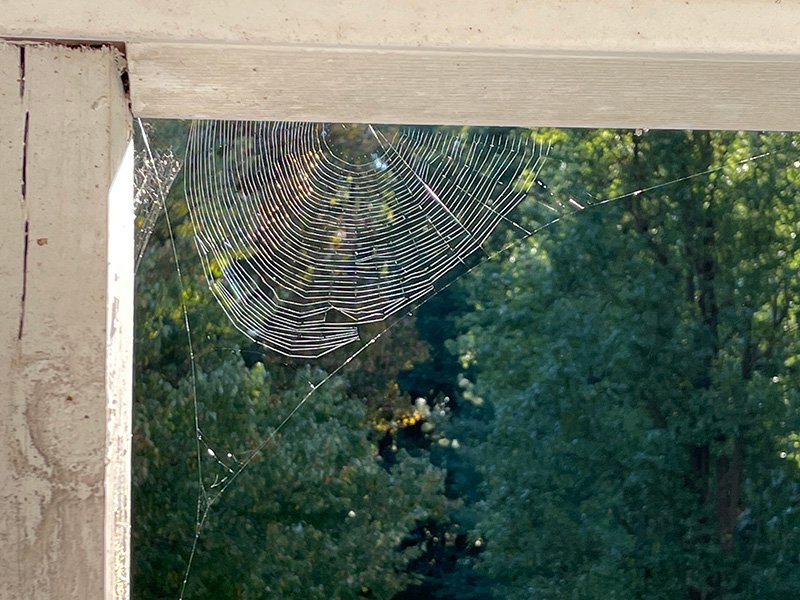Earwigs usually hide under rocks during the day. In certain weather conditions, such as drought, they may seek shelter inside your house. It becomes an issue when they stay inside your home. You should be prepared or ask a specialist to decrease the chances of earwigs staying permanently in your house.
Here are the lists of facts you may not know about earwigs:
- Earwigs consume insects and plants whether they are alive or not- Earwigs are not fussy eaters. They are omnivores and usually consume plants and insects at night. They eat plants such as mold, flowers, and leaves. They care little about whether the insects are dead or not. They are capable of chewing any hard matter they come across. They consume all tough foods; thus, you should be worried about what is crawling on your plate.
- Body parts - These insects are narrow, brown, red, yellow, and sometimes black. They are long and flat, measuring about 0.5 to 3 inches in length. As members of the insect family, they have three pairs of legs and two antennas. Some can fly, while others cannot. Their bodies consist of three sections: the head, thorax, and abdomen. They have forceps that resemble tweezers, which they use for protection and catching prey. You will notice this when you try to catch one. Male earwigs have curved forceps, while females have straight forceps. They emit a yellow liquid that also acts as a form of defense. This yellow liquid smells nasty, but it is not harmful.
- They grow quickly - These insects become adults within 20 days. Like all other insects, they undergo full metamorphosis, starting from egg to nymph and later to adult. "Nymph" is a replacement word for "larvae." An adult female earwig lays two batches of eggs every year, and each batch contains around 100 eggs. The surprising thing about these insects is that it takes approximately 20 to 80 days for an egg to turn into an adult. The rate of development depends on favorable weather conditions.
- Female earwigs possess a maternal nature - This fact is unusual for many insects. Female earwigs show instincts of gentle nature because they stay around their eggs and nymphs for some time, fiercely protecting them against predators. When they hatch, the larvae are pale green and sometimes white. The nymph undergoes molting seasons, and their mother stays with them until the second molting season before they become adults. They experience around five molting seasons. By the time they reach the third molting season, they can search for their own food and protect themselves from predators.
- They hibernate around your surroundings -They majorly live in dark places during the day and the moist environments when hot. They are often in large groups and stay under leaves, logs, or lawns. They undergo hibernation during winter. They can dig more than 5 feet under the ground to evade cold. However, they love sheltered areas provided by people in their homes during the colder seasons. They enter houses through small cracks in the walls by crawling. They like staying in places that are wet or moist such as garages, kitchens, bathrooms, or basements. People are not the only ones who seek shelter during colder seasons.
Are Earwigs Dangerous to You?
No, however, they can be a significant nuisance in your surroundings, especially at home. You do not want to see a large group of them crawling around your house. The name "earwig" misleads many people. There is a misconception that they enter people's ears while they are sleeping. While it is possible, it is rare and unlikely. They have forceps on their abdomen, which they use for protection, mating, and catching prey. They can only attack you if you are a fellow insect. They may pinch you if you try to catch them, but in rare cases, they will not even dare to try. When you discover them in your garden, they tend to escape. They are not poisonous in any way, but they release a yellow liquid that has a bad smell. Nobody wants to stay in an environment that stinks. However, the stinky liquid is not toxic to your health.
How to Get Rid of Earwigs
Overall, earwigs do not cause significant harm in your home or garden, but they can be a major annoyance. They produce a terrible odor that bothers people. There are home remedies to get rid of these insects. You can pour petroleum jelly around areas where they have inhabited, making it difficult for them to crawl over.
Additionally, you can spread boric acid in places where they hide. Boric acid is a natural product that kills earwigs when they come into contact with it. Ensure that you keep insecticide out of the reach of pets and children because it can be harmful. There are many online stores where you can purchase pesticides.
Moreover, you can design light traps at night around your home. These insects are nocturnal—they feed a lot at night and hide during the day. To make a trap, fill a bucket with three parts warm water and a small amount of soap. Stir the mixture until it forms foam. Place a lamp above the surface of the mixture. These insects are attracted to light, and they will fall into the bucket.
Why Are They Attracted to Your Home?
Most of these insects like moist areas with a steady food source. People often wonder why they find earwigs in their homes. Houses and apartments unintentionally provide shelter for these insects due to several factors. They actively seek places to avoid harsh outdoor conditions.
Human activities may also contribute to their presence. Sometimes people bring earwigs into their homes accidentally, such as in boxes stored in wet areas that are later brought inside. Cracks in walls or gaps in windows provide easy entry points. When the weather outside becomes harsh, they crawl through these openings and find a way into your house. Poor maintenance of doors and walls, along with excessive moisture in your home, attracts these insects.
Earwig Pest Control
If you have an earwig infestation in or near your home, contact us today to eliminate these troublesome insects. We provide professional pest control services in Northern California. Call us today!



















